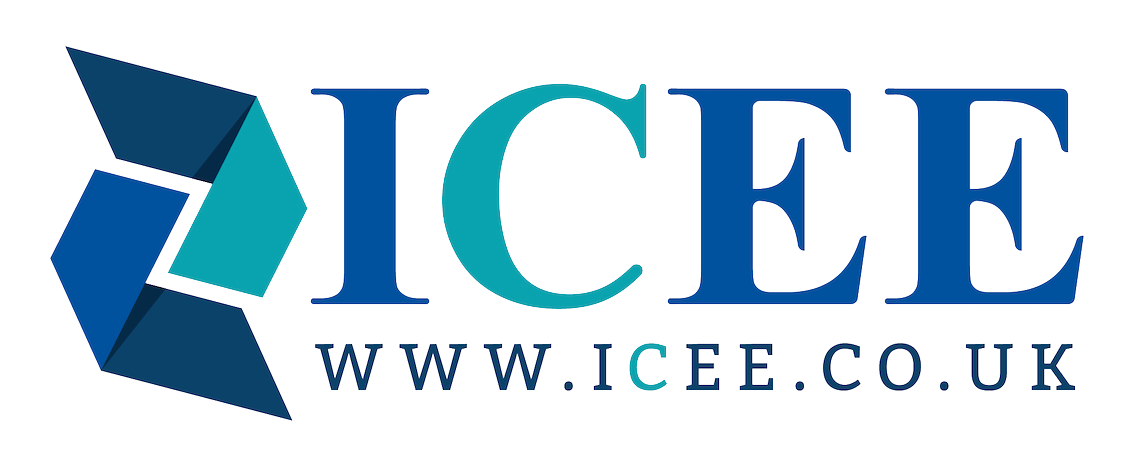In a previous blog we wrote about how laser cutting differentiates from waterjet cutting and what are the advantages of each technique. For a quick reminder, have a look at our blog here.
In this article, we will examine the two cutting techniques in further detail in order to provide you with all the necessary information to make an informed decision on which is the right profiling technique for your specific needs.
Laser cutting
Laser cutting is the cheaper option of the two and it has its many advantages over waterjet cutting, of course that is if it’s suitable for the type of material you’re looking to cut, its thickness and the level of quality you need to achieve.
Here’s what you need to know about laser cutting:
- Laser cutting is faster and generally cheaper
- Very small kerf – at about 0.007” – allowing for the cut of very tight corners and small piercings
- Most shops will tumble/deburr your parts unless asked otherwise
- Can engrave as well as cut materials
- Much more precise than waterjet cutting
- Minimum size of the cutting slit is 0.06”
- Processing tolerance is approximately 0.002”
Waterjet cutting
Over the years waterjet cutting has achieved significant technological advancements that are constantly improving the delivery of the method and making it more and more competitive. Here are some of the benefits of waterjet cutting:
- Waterjet kerf is about 0.040”, therefore, the smallest piercing you can expect is larger than 1/16”
- No heat is produced during cutting
- As row edge material is produced, it will take patina better than the laser cut edge
- Waterjet cutting partially enables 3D material cutting
- Can cut thicker objects – optimal thickness being 0.4” to 2.0”
- Minimum size of cutting slit is 0.02”
- Processing tolerance is approximately 0.008”
When requesting quotes for waterjet and laser cutting services, you would need to take a number of other more general considerations as well, such as those related to the design process and cost of the service.
Design considerations
- A lot of shops might be reluctant to cut openings as they are smaller than the width of the material. It’s not impossible to be achieved, but you will need to find an experienced and skilful supplier.
- Drawing can be done with any device as long as it can export files on a DXF or DWG format
- Drawing rounded corners to compensate for the kerf is not necessary, your waterjet cutting supplier should be able to handle this before profiling
- Include a dimension on the drawing to ensure the shop has imported it correctly
- It’s useful to export your files on both DXF or DWG and PDF, so that the shop has a quick reference to them
Cost considerations
The most important consideration to keep in mind when requesting quotes is to enquire about the set-up fee (if any) that the shop will charge you for if that’s not made clear. The set-up fee can be quite high in those shops that are not suited for low-batch and one-off cuts. If you’re, however, getting a prototype cut, which will be followed by an additional order, ensure to make this clear to your supplier, as they will be able to offer you a lower set-up fee.
Thickness considerations
Sometimes we may think that the thickness of the material we need cut would be suitable for our preferred profiling method, but this is not always the case. To ensure your shop outlines any incompatibilities early on, include information in your enquiry email on the following things:
- Material and its thickness
- Redundancy is fine/not fine – for example 3/16” (0.188”) A36 Mild Steel
- Specify finish if applicable
Being able to choose effectively between laser and waterjet cutting requires you to have a certain level of knowledge into the finer details of the two cutting techniques. To find out more about whether waterjet cutting is the right profiling method for your specific needs, click here to download our free ‘An engineer’s guide to waterjet cutting’.

